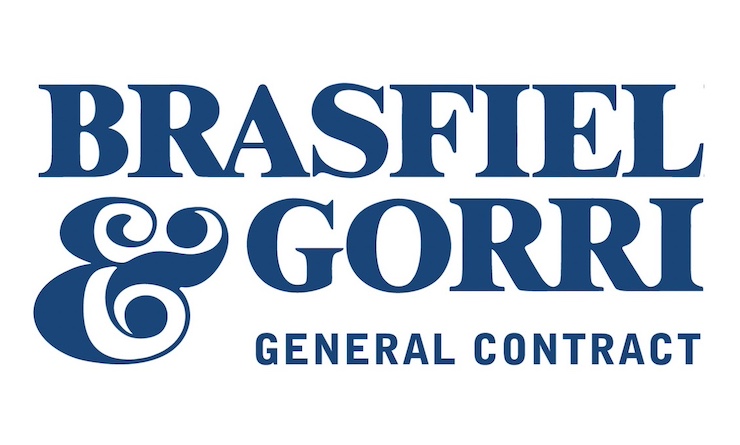How Major Construction Firm Brasfield & Gorrie is Integrating Drones into Their Business

After building a small cabin with his father when he was 14 in 1949, Alabama native Miller Gorrie developed a strong interest in construction. Throughout high school, Miller worked odd construction jobs, investing nearly all of his earnings into IBM stock. After obtaining a degree in Civil Engineering at Auburn University, and then completing a term of service with the US Navy, Miller began working for several different construction firms. Looking to challenge himself, Miller decided to develop his own construction firm with the capital gained from investing in IBM.
In 1964, Miller purchased the Thomas C. Brasfield Company, a small construction company that was established in 1921 in Birmingham, Alabama. Under Miller’s leadership, the company quickly grew. By 1967, Miller officially changed the company name to what it is still known as today: Brasfield & Gorrie. He insisted on keeping “Brasfield” in the name as a way of honoring the company’s roots. It is a combination of Miller’s vision for the world of construction, his foresight in recognizing the benefits of investing in technology, and his commitment to loyalty and providing the best for his employees that has made Brasfield & Gorrie one of the top contractors in the country.
Today, Brasfield & Gorrie has 12 nationwide offices, approximately 3,500 employees, and has become known for the large-scale commercial construction projects they complete. By investing in how technology can shape the company’s operations while providing safety to employees, Miller introduced a new element in day-to-day construction procedures. This allowed Brasfield & Gorrie to find a way to differentiate themselves from their competitors while enhancing operations. In 2017, Brasfield & Gorrie began utilizing drones, becoming one of the first large construction firms to do so.
Ryan Hittie, Senior Innovation & Operational Tech Specialist at Brasfield & Gorrie, explained that the company began their drone program with only six drones and a handful of pilots. The drones were used to map sites, building 3D models to use in all stages of development. The drone data proved to be the missing link in creating the right plan of action from before breaking ground to the completion of projects. With advancements in technology, the program has continued to grow. By 2023, the company had purchased 38 drones and trained 60 operators who are certified FAA drone pilots. “By the end of 2024,” Ryan said, “we expect drones to have been operating on 25% of our active projects.”
The drones allow Brasfield & Gorrie to keep their employees safe on job sites while collecting actionable data of the highest degree. “Owners can only glean so much from an updated 2D aerial map,” Ryan went on to explain, “and there was no equivalent to a boots-on-the-ground view. We were, and still are, able to capture our sites in 3D, that provide owners with a near real-time presence on their sites. We have had success integrating our drone models into other technologies that have (at least in the opinion of the drone program team) been instrumental in winning new projects.”
Ryan recognizes that there are still some hurdles to overcome with the integration of drones in the world of construction. For a company the size of Brasfield & Gorrie, the main obstacle is ensuring that all the sites spread out over the country are complying with drone safety regulations. But with new FAA standards being set, this is something that will soon become more streamlined. One hurdle Ryan is not at all worried about is the idea of devices like drones taking jobs away from people. “I am legitimately looking forward to the robots ‘taking’ elements of my job,” he proudly said. “Some flights we have executed required a pilot and observer and six hours of flight time. If both of us could be free to work elsewhere while the drone collected data for us, I would be thrilled.”
Ultimately, the possibilities drones provide the construction industry far outweigh any possible downsides. They keep people safe, reduce time wasted on routine jobs, provide clients with a clear blueprint, and cut unnecessary costs. Ryan even went on to say that they have come across clients who wouldn’t even consider hiring Brasfield & Gorrie if they didn’t utilize drone technology. “Having all the tools on our sites ‘talking’ and sharing data,” Ryan said of the drones and other AI-enabled technology Brasfield & Gorrie have begun using, “will make us better builders and provide better service for our clients.” As Brasfield & Gorrie continues to embrace innovative technologies like drones, the future of construction looks not only safer and more efficient but also poised for unprecedented growth and opportunity.
|